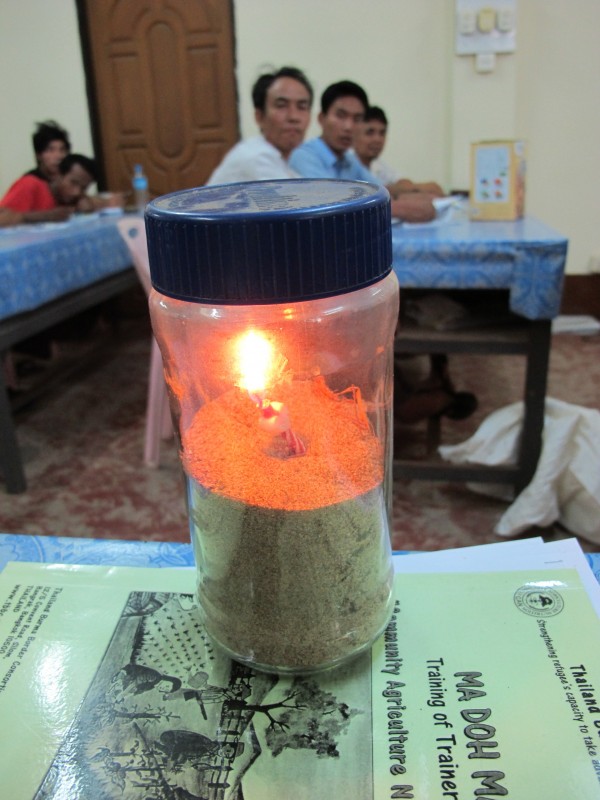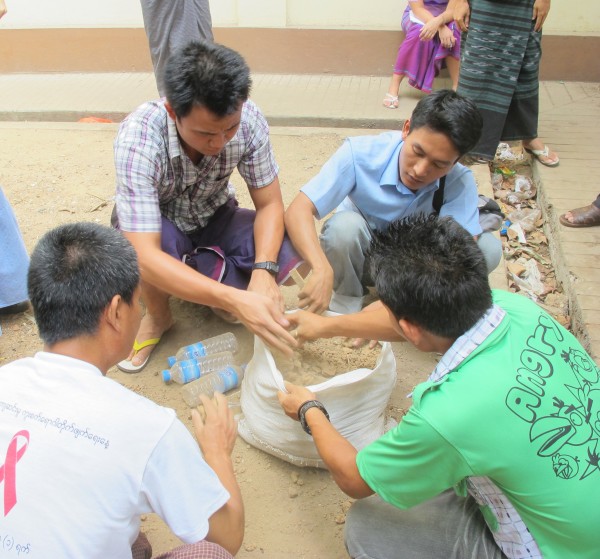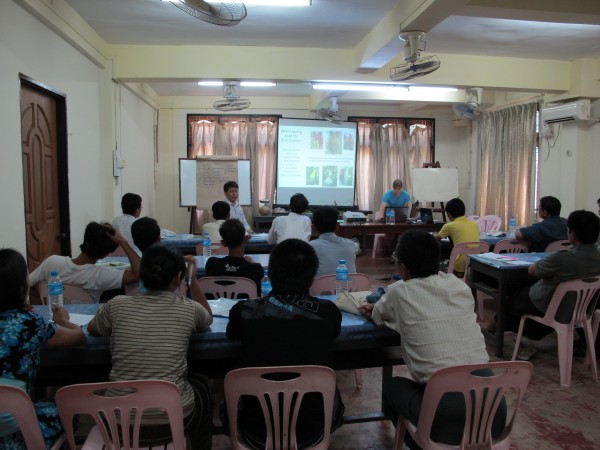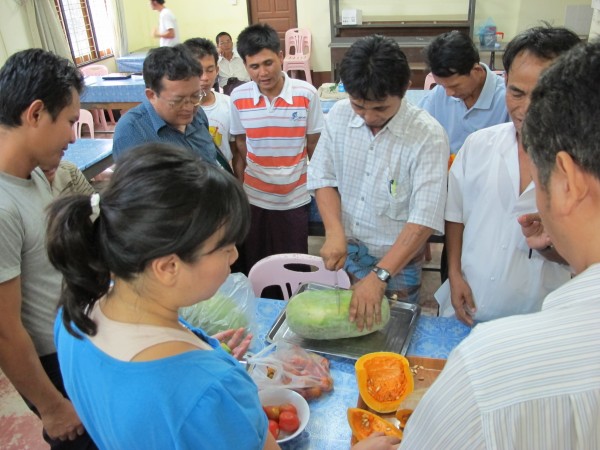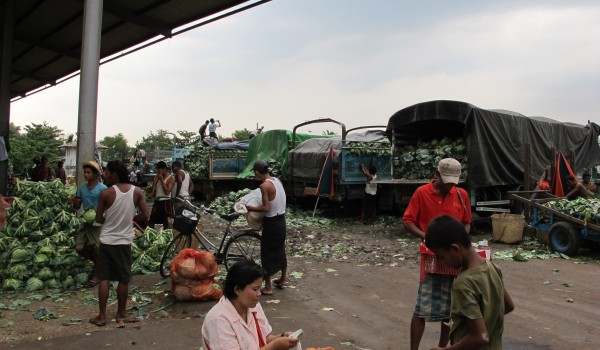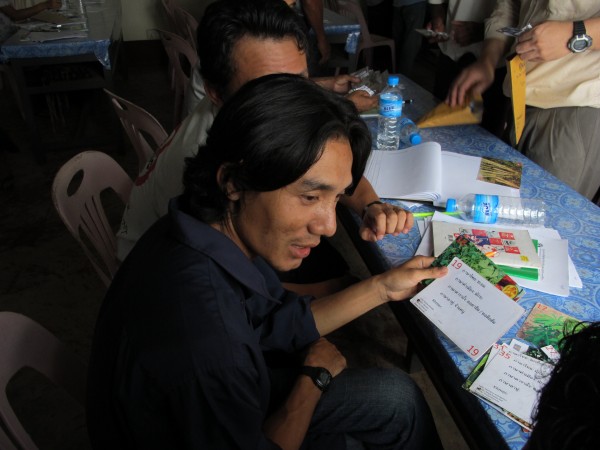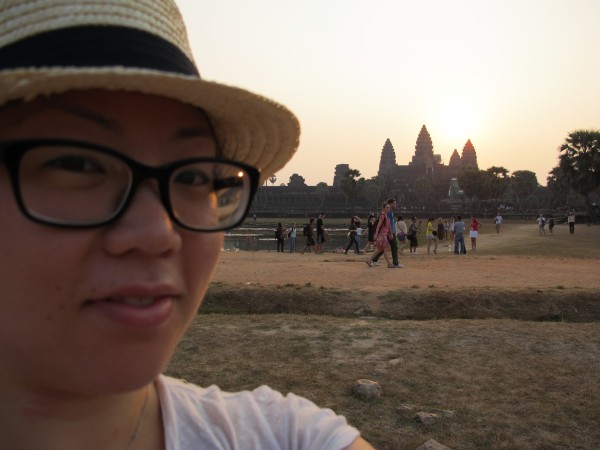Next »

Lunch at a demonstration farm in Mwabi district, outside of the city30-Apr-2012 22:49, Canon Canon PowerShot G12, 2.8, 6.1mm, 0.02 sec, ISO 400
|
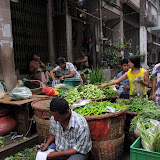
Scenes from the morning market in Chinatown05-May-2012 20:19, Canon Canon PowerShot G12, 3.5, 6.1mm, 0.006 sec, ISO 400
|

05-May-2012 20:10, Canon Canon PowerShot G12, 3.5, 6.1mm, 0.003 sec, ISO 400
|

05-May-2012 20:18, Canon Canon PowerShot G12, 3.5, 12.074mm, 0.006 sec, ISO 400
|

Dosa as a morning sweet05-May-2012 19:53, Canon Canon PowerShot G12, 5.0, 6.1mm, 0.008 sec, ISO 400
|

Fresh dosa and curries at the morning market in Chinatown05-May-2012 19:41, Canon Canon PowerShot G12, 5.0, 6.1mm, 0.008 sec, ISO 400
|

Doughnuts and prawn fritters05-May-2012 19:56, Canon Canon PowerShot G12, 5.6, 6.1mm, 0.025 sec, ISO 400
|

Spiced idli05-May-2012 19:58, Canon Canon PowerShot G12, 5.6, 6.1mm, 0.005 sec, ISO 400
|

Dried fish...05-May-2012 20:06, Canon Canon PowerShot G12, 3.5, 6.1mm, 0.02 sec, ISO 400
|
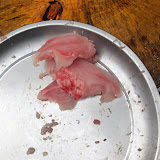
...fresh fish05-May-2012 20:14, Canon Canon PowerShot G12, 3.5, 6.1mm, 0.002 sec, ISO 400
|
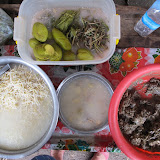
Fermented vegetables - used as flavour foundations to soups and curries05-May-2012 19:55, Canon Canon PowerShot G12, 4.0, 6.1mm, 0.067 sec, ISO 400
|

Children selling fermented legumes05-May-2012 19:19, Canon Canon PowerShot G12, 5.0, 7.407mm, 0.017 sec, ISO 400
|

05-May-2012 19:16, Canon Canon PowerShot G12, 5.0, 6.1mm, 0.017 sec, ISO 400
|

05-May-2012 20:00, Canon Canon PowerShot G12, 5.6, 13.761mm, 0.013 sec, ISO 400
|
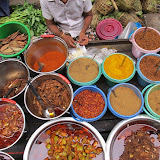
A riot of colour at a spice and pickle vendor's stand05-May-2012 20:16, Canon Canon PowerShot G12, 3.5, 6.1mm, 0.006 sec, ISO 400
|

The streets lining Chinatown and Little India are full of small food stalls, serving food from early AM to late PM05-May-2012 19:10, Canon Canon PowerShot G12, 5.0, 6.1mm, 0.017 sec, ISO 400
|

Afternoon betel leaf snack, anyone?05-May-2012 01:26, Canon Canon PowerShot G12, 6.3, 6.1mm, 0.006 sec, ISO 400
|
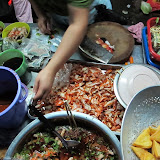
Yunnanese food stall in the evening03-May-2012 07:12, Canon Canon PowerShot G12, 2.8, 6.1mm, 0.017 sec, ISO 3200
|

